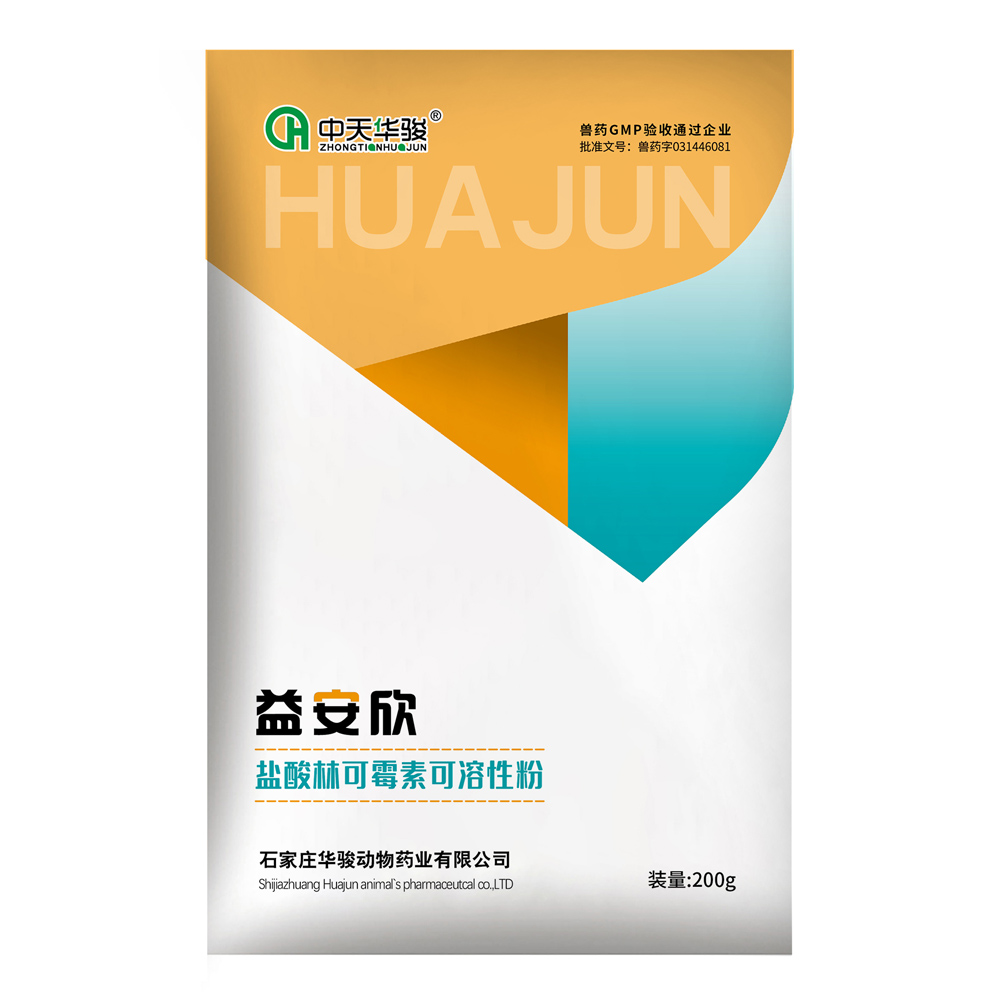
აგვ . 13, 2024 21:39 Back to list
A Comprehensive Guide to Avermectin B1 Production and Its Industrial Applications
A Comprehensive Overview of Avermectin B1 Production
Avermectin B1 is a pivotal compound in the world of agricultural biopesticides and veterinary medicine, known for its potent antiparasitic properties. This article delves into the intricacies of avermectin B1 production, highlighting its significance, the production process, and the impact of manufacturing on various industries.
Understanding Avermectin B1
Avermectin B1 is derived from the fermentation of the bacterium *Streptomyces avermitilis*. It belongs to a class of drugs known as avermectins, which play a crucial role in controlling parasites in both agricultural and health contexts. Avermectin B1 specifically targets nematodes and arthropods, making it highly effective against various pests that affect crops, as well as parasites that infest livestock and pets.
The compound works by affecting the nervous system of these organisms, leading to paralysis and death. This mechanism of action makes avermectin B1 an invaluable tool in integrated pest management (IPM) systems, contributing to sustainable agricultural practices while minimizing the reliance on synthetic pesticides.
The Production Process
The production of avermectin B1 involves several meticulously controlled steps. The primary stage of manufacturing is fermentation, where *Streptomyces avermitilis* is cultivated in large bioreactors. These bioreactors provide a controlled environment that optimizes conditions such as temperature, pH, and nutrient availability to maximize yield.
Once the fermentation process is complete, the next step is extraction. The fermentation broth is filtered to remove biomass, and then the active compounds are extracted using solvent extraction methods. This step is critical, as it separates the desired avermectin B1 from other metabolites and impurities.
avermectin b1 factory

Following extraction, the compound undergoes purification, typically involving chromatographic techniques. This ensures that the final product is of high purity and suitable for its intended applications in agriculture and veterinary medicine. Quality control measures are essential at every stage of production to meet regulatory standards and ensure efficacy and safety.
Environmental and Economic Impact
The production of avermectin B1 not only highlights advancements in biotechnology but also presents significant environmental advantages. As a biopesticide, avermectin B1 reduces the need for synthetic chemical pesticides, helping to diminish the ecological footprint of agricultural practices. Its specificity to target pests minimizes harm to non-target organisms, preserving biodiversity.
Furthermore, the economic implications of avermectin B1 are substantial. By increasing the effectiveness of pest control methods, it helps enhance crop yields and reduces losses associated with pest damage. For farmers, this translates into better profitability and promotes sustainable farming practices that are environmentally friendly.
Challenges and Future Prospects
Despite its many advantages, the production of avermectin B1 faces challenges. These include the need for stringent regulatory approvals and the potential for the development of resistance among target pests. Continuous research is necessary to address these concerns, focusing on improving production techniques, discovering new derivatives, and implementing resistant management strategies.
In conclusion, avermectin B1 production is a vital aspect of modern agricultural and veterinary practices. Its effective use as a biopesticide not only supports food security by protecting crops from pest damage but also safeguards animal health. As technology continues to advance, the future of avermectin B1 manufacturing looks promising, with opportunities for improved processes and expanded applications in various fields. The commitment to sustainable practices and environmentally friendly solutions will ensure that avermectin B1 remains a critical component in the fight against pests and parasites, benefiting both the economy and the environment.
-
Premium Honeysuckle Products - Leading Honeysuckle Manufacturer & Supplier Factory
NewsJun.10,2025
-
Pulmonary Edema Solutions from Leading Manufacturer & Supplier Reliable Factory Price
NewsJun.10,2025
-
Red Eyes - Leading Red Eyes Manufacturer & Supplier, Premium Quality Factory Price
NewsJun.10,2025
-
Broiler Ascites Syndrome Solutions Top Manufacturers
NewsJun.10,2025
-
Premium Amoxicillin Suppliers Reliable Biomox Mexican Factories
NewsJun.10,2025
-
Top Brewing Cell Wall Solutions Optimized Efficiency
NewsJun.09,2025




